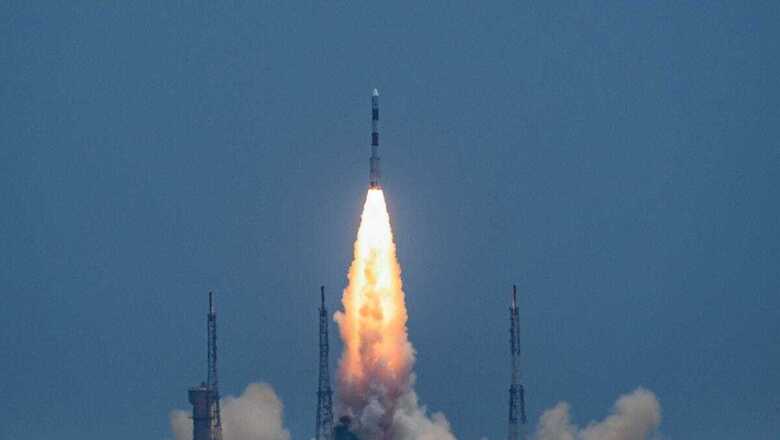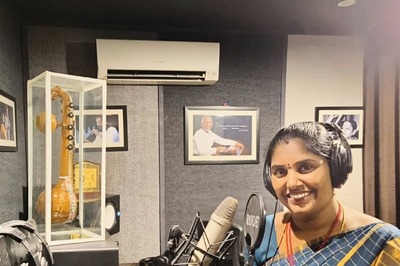
views
Indian Space Research Organisation (ISRO)’s Aditya L1 Mission underwent a trajectory correction, days after it escaped the sphere of Earth’s influence.
Sharing an update on the condition of India’s first solar space observatory, the Indian Space Research Organisation (ISRO), said that the Aditya L1 Mission performed a Trajectory Correction Maneuvre (TCM) on October 6 for about 16 seconds.
The spacecraft is now healthy and continues to move towards Sun’s Earth Lagrange Point-1 (L1), 1.5 million km away from the blue planet, said ISRO. “TMC was needed to correct the trajectory evaluated after tracking the Trans-Lagrangean Point 1 Insertion (TL1I) maneuvre performed on September 19, 2023” added ISRO.
Aditya-L1 Mission:The Spacecraft is healthy and on its way to Sun-Earth L1.A Trajectory Correction Maneuvre (TCM), originally provisioned, was performed on October 6, 2023, for about 16 s. It was needed to correct the trajectory evaluated after tracking the Trans-Lagrangean…
— ISRO (@isro) October 8, 2023
Trajectory correction ensures that the spacecraft moves in the intended direction and in India’s solar Mission, it is towards the Halo orbit insertion around L1.
On September 30, ISRO confirmed in a statement that Aditya L1 Mission has travelled beyond a distance of 9.2 lakh km from the Earth. This is the second time in succession that ISRO could send a spacecraft outside the sphere of influence of the Earth, the first time being the Mars Orbiter Mission.
ADITYA L1 MISSION
Aditya L1 Mission was launched on September 2 at 11.50 am from the Sriharikota spaceport. It was India’s first dedicated solar space mission for observations by the Bengaluru-headquartered space agency.
As informed by ISRO, Aditya L1 spacecraft carries a total seven different payloads to study the Sun. Four payloads will observe the light from the Sun and the remaining three will measure in-situ parameters of the plasma and magnetic fields.
Aditya L1 is intended to be placed in a Halo orbit around the Lagrangian Point 1 (L1). It will revolve around the Sun with the same relative position and making it visible for spacecraft to observe continuously.

















Comments
0 comment